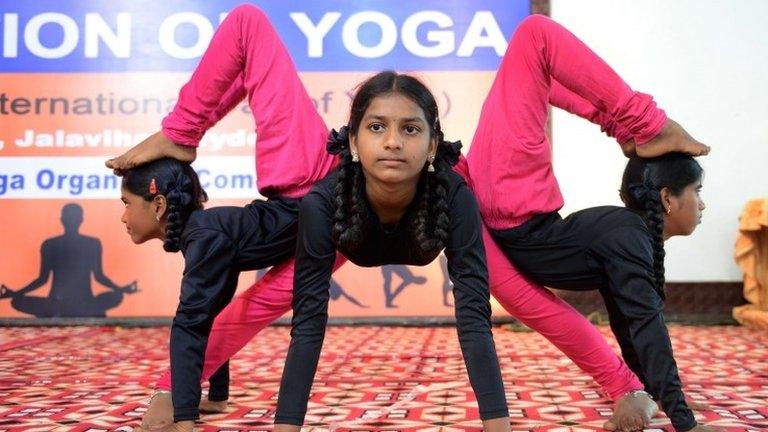Yoga: How did it conquer the world and what's changed?
- Published
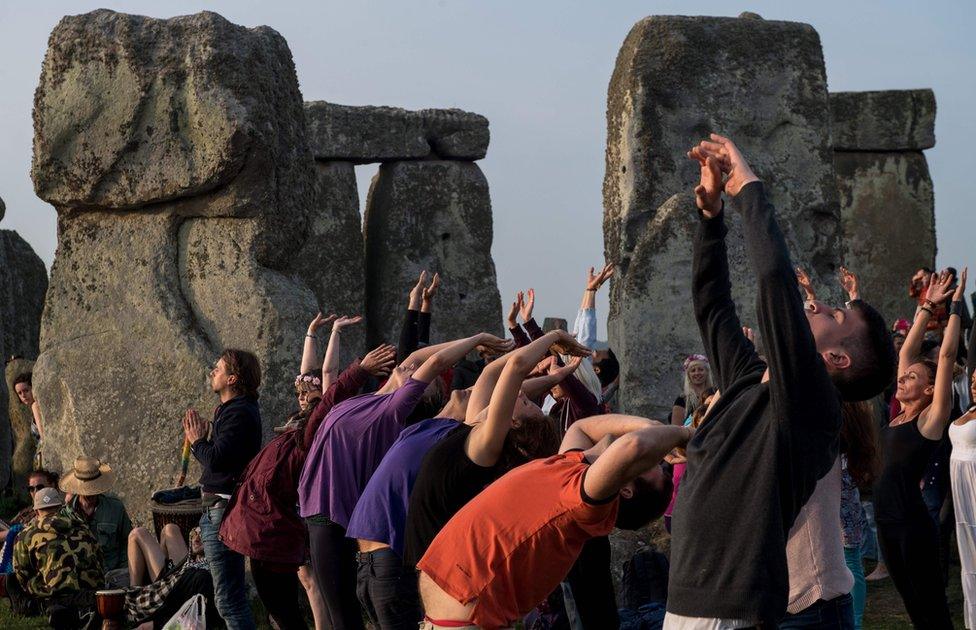
Millions of people around the world have rolled out their yoga mats to celebrate a tradition that was once the preserve of Hindu holy men but is now a worldwide phenomenon.
Practitioners in more than 100 countries have planned events this week to celebrate the third International Yoga Day, which Indian Prime Minister Narendra Modi convinced the UN to declare in 2015.
Since coming to power in 2014, the Hindu nationalist leader has led efforts to promote yoga, which he practises daily, as an important part of India's history and culture.
"Many countries which do not know our language, tradition, or culture, are now connecting to India through yoga," Mr Modi told a crowd of tens of thousands in the city of Lucknow, where he performed poses.
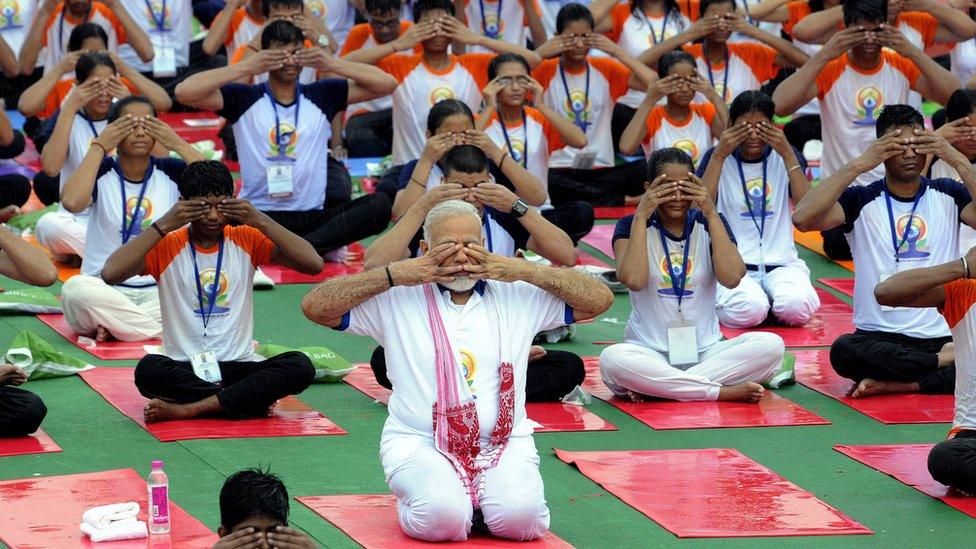
Narendra Modi, seen here in Lucknow, is said to practise yoga daily
And while some critics say Mr Modi's yoga push is part of a wider political agenda, there is little doubt that he is correct in saying yoga is one of the country's most significant cultural exports.
But how did yoga spread, and do the poses that people perform in studios and gyms the world over accurately represent the Indian tradition?
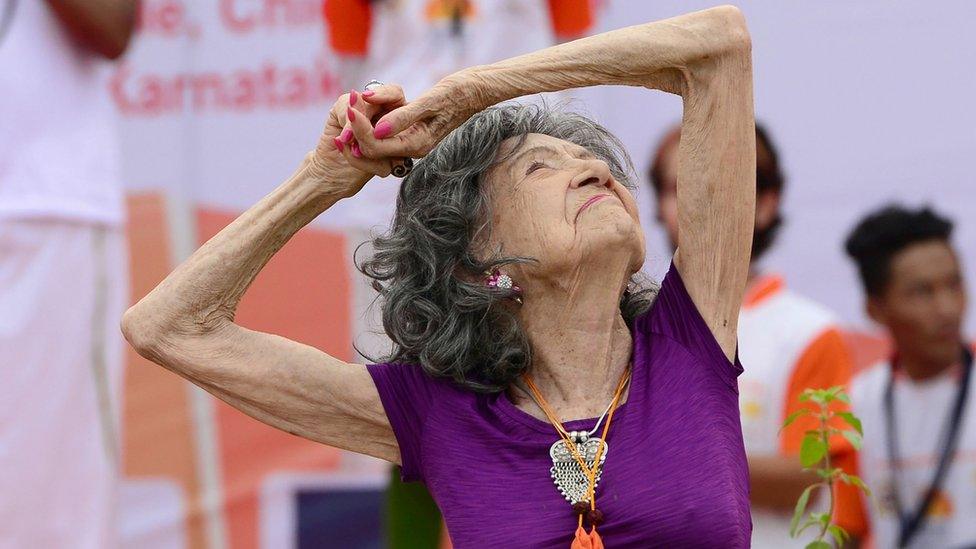
Tao Porchon-Lynch, 98, and the world's oldest yoga teacher, led a session in Bangalore, in India's south
From beer yoga to nude yoga and dog yoga - some novel variations on the practice found overseas baffle Indian yoga researchers.
"But how many people know exactly what yoga is?" asks Dr Manmath Gharote, director of the Lonavla Yoga Institute, located south-east of Mumbai. "Integration of personality is the prime aim of yoga."
The five aspects of "personality" which "should work harmoniously" are physical, mental, emotional, social and spiritual, he told Mukti Jain Campion for BBC Radio 4's 2016 programme The Secret History of Yoga.
The physical aspects of yoga - which improve flexibility of the spine, joints and muscles - are important, he adds, but the function of "asanas" (postures) are ultimately to benefit the mind.
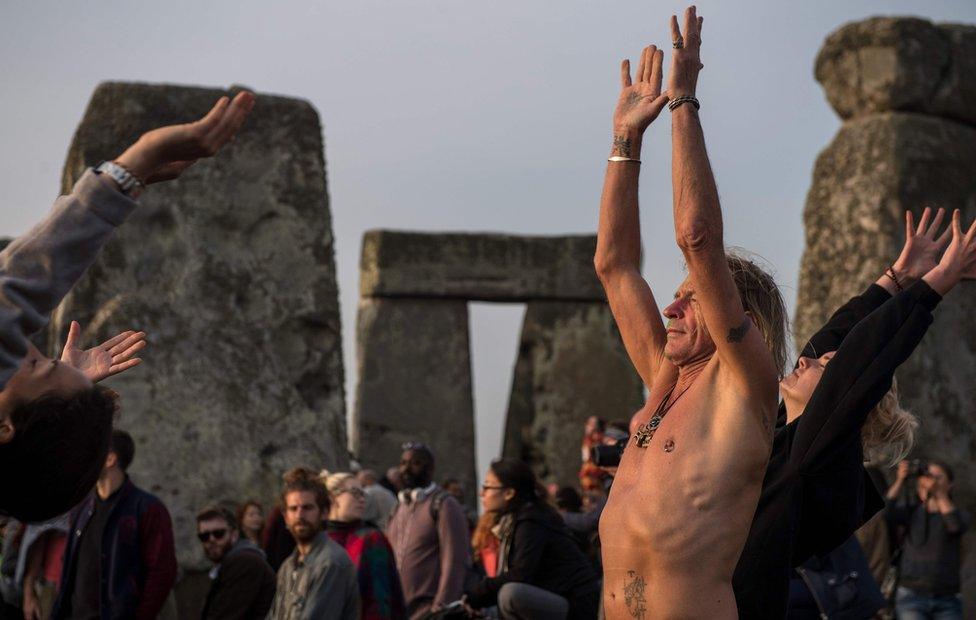
Revellers celebrating the Summer Solstice at Stonehenge in England performed sun salutations
"As and when you are capable to [stabilise] your mind then you can achieve complete eradication of the suffering," he says, "and then you go for the attaining of eternal peace".
Such an elevated pursuit may not be front and centre in the thoughts of those who practise yoga primarily for exercise.
Still, they might be surprised to learn that many of the most well-known asanas and sequences they are used to performing - including "Downward Dog" and Surya Namaskar, or "Sun Salutation" - are not found in ancient texts.
Facebook Live: BBC Hindi's Ishleen Kaur teaches yoga , external
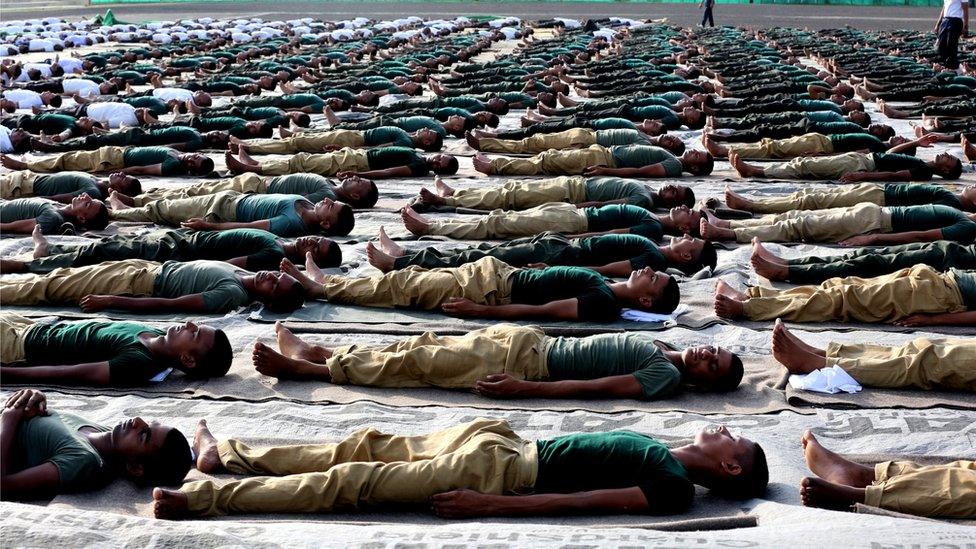
Yoga has become more physically dynamic over the last century
Sun salutations are "now seen as integral to yoga practice" but are not found in any old texts and only started being taught around the 1930s, says Dr Jim Mallinson, a yoga history researcher and senior lecturer at the University of London's School of Oriental and African Studies (SOAS).
Popular yoga styles like Ashtanga, Iyengar and Vinyasa Flow are also modern incarnations. "We find elements of them in older texts and historical sources but also many parts of them are modern innovations in terms of yoga," he says.
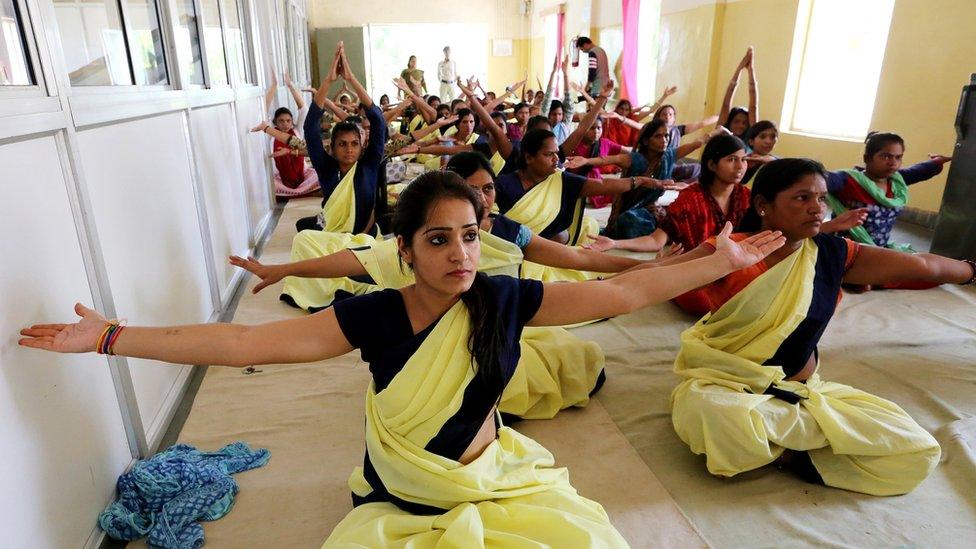
Prison inmates - as seen here in Bhopal Central Jail - performed asanas
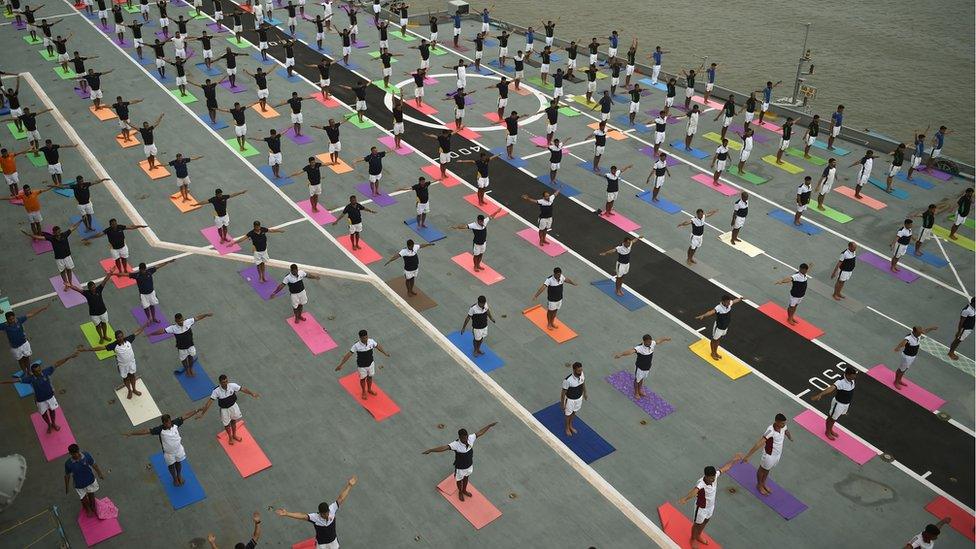
Physical exercise drills used in military training in the early 20th century influenced what we recognise as yoga today
Researchers believe Downward Dog actually corresponds with the Elephant Pose - references to which are first found in 18th Century texts. The posture was also traditionally used as an exercise by Indian wrestlers.
However similar postures can be found in popular physical exercise books that emerged at the beginning of the 20th Century.
Dr Mark Singleton, a senior researcher in the modern history of yoga at SOAS, says Swedish and Danish gymnastic drills were particularly influential on Indian yoga practices.
A widespread "preoccupation with natural fitness" at the turn of the 19th Century coincided with developments in photography, which allowed pictures of poses and exercises to easily spread between India and the West.
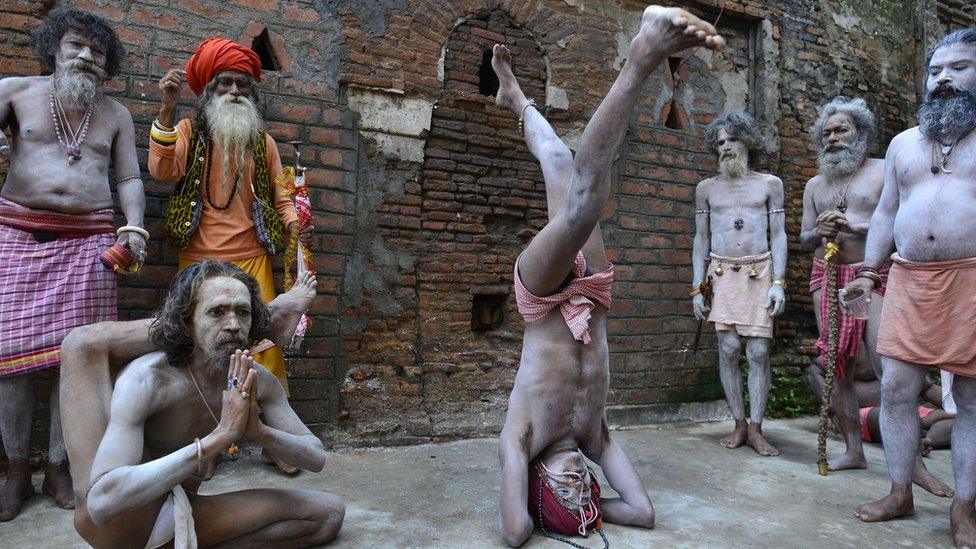
The original yoga practitioners - religious holy men
"This inevitably meant that European notions of gymnastics and bodybuilding got mixed up with Indian postures and poses along the way," he writes., external "And what many of us know today as yoga is partially a result of this mixing."
Yoga in India was first practised only by religious ascetics, and clear references to it can be found in texts from 2,500 years ago, Dr Mallinson says. For them, yoga was "totally about steadiness and stillness", not the dynamic kind of movements found in yoga classes today.
Over time practices evolved, but yoga has undergone a significant shift in the last 100 years as part of globalisation, and physical postures in particular have become more important.
Such holy men performing feats like sitting still for days still exist today in India, he says. But mass participation in yoga by Indians only came in the 20th Century, as in the rest of the world.
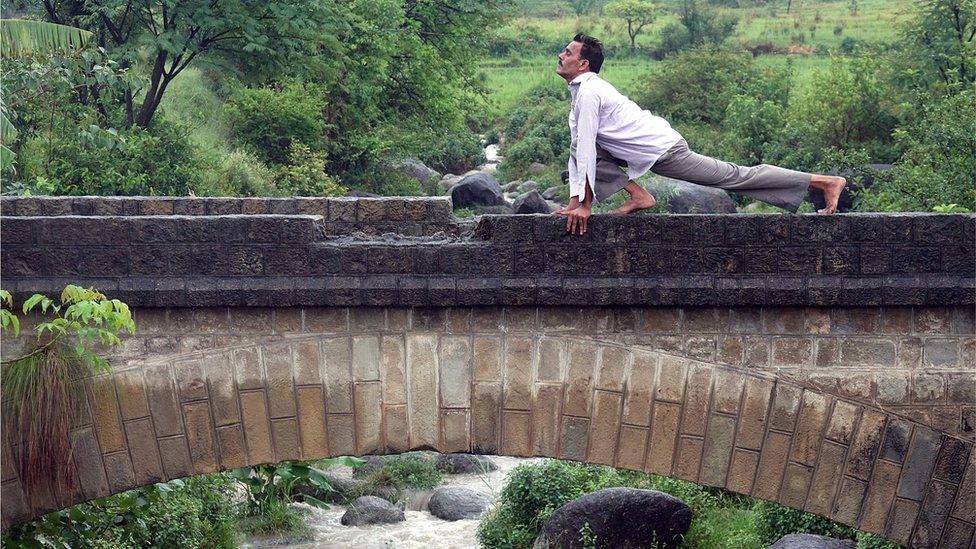
Interest in Indian spiritualism and yoga in the West soared during the 1960s
Swami Vivekenanda is seen as the man who brought yoga to the West. The monk from Calcutta travelled to the Parliament of Religions in Chicago in 1894 and spoke about India and Hinduism, before embarking on an influential lecture tour of the United States.
His book Raja Yoga was written in Manhattan in 1896 and had a major impact on Western understandings of what yoga was. Over the coming decades more teachers and disciples of Indian gurus would travel to Europe and America.
Later, in the 1960s, travellers on the hippie trail ended up in Indian ashrams, and images of The Beatles visiting the Maharishi Mahesh Yogi in Rishikesh in 1968 drew greater international attention towards Indian spiritualism and, of course, yoga.

For more:

- Published25 April 2017
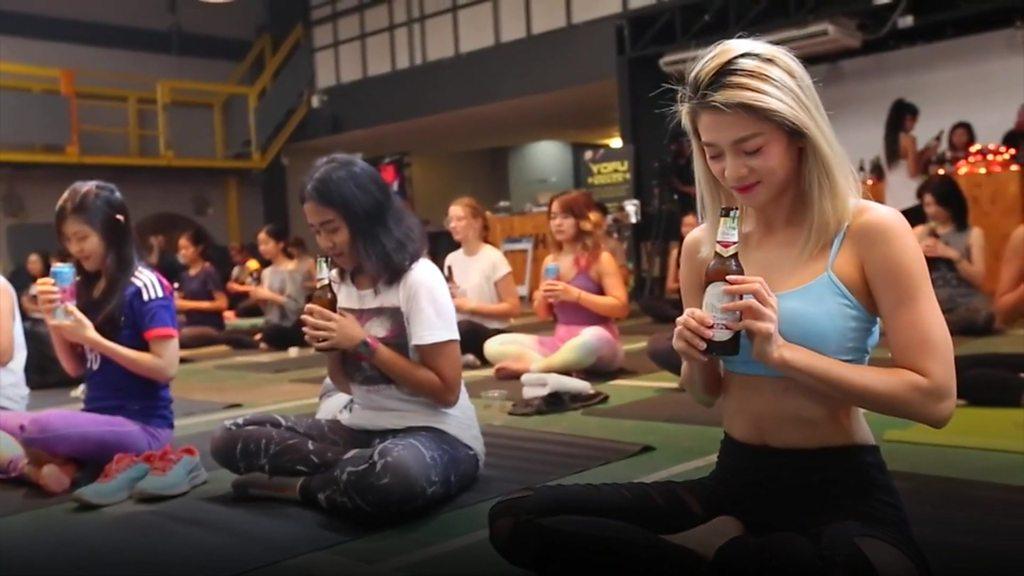
- Published24 April 2017
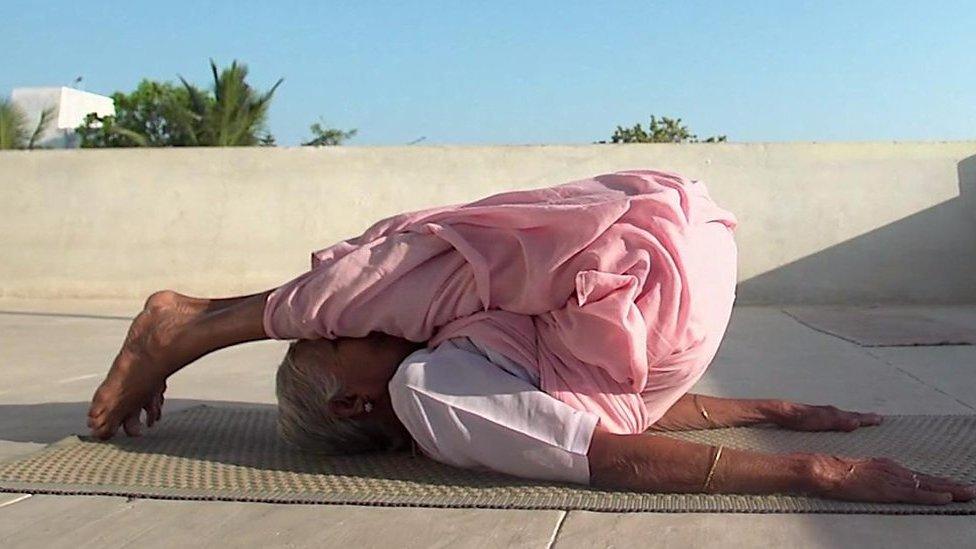
- Attribution
- Published21 June 2019
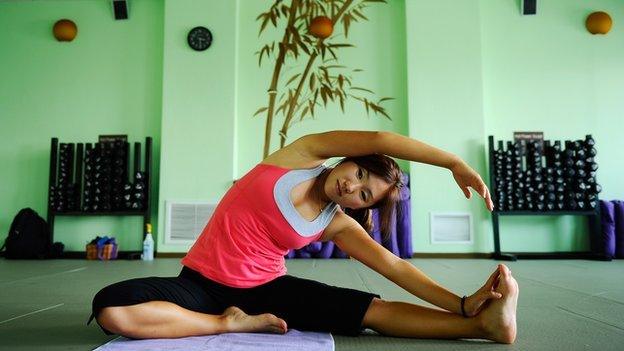
- Published12 December 2014
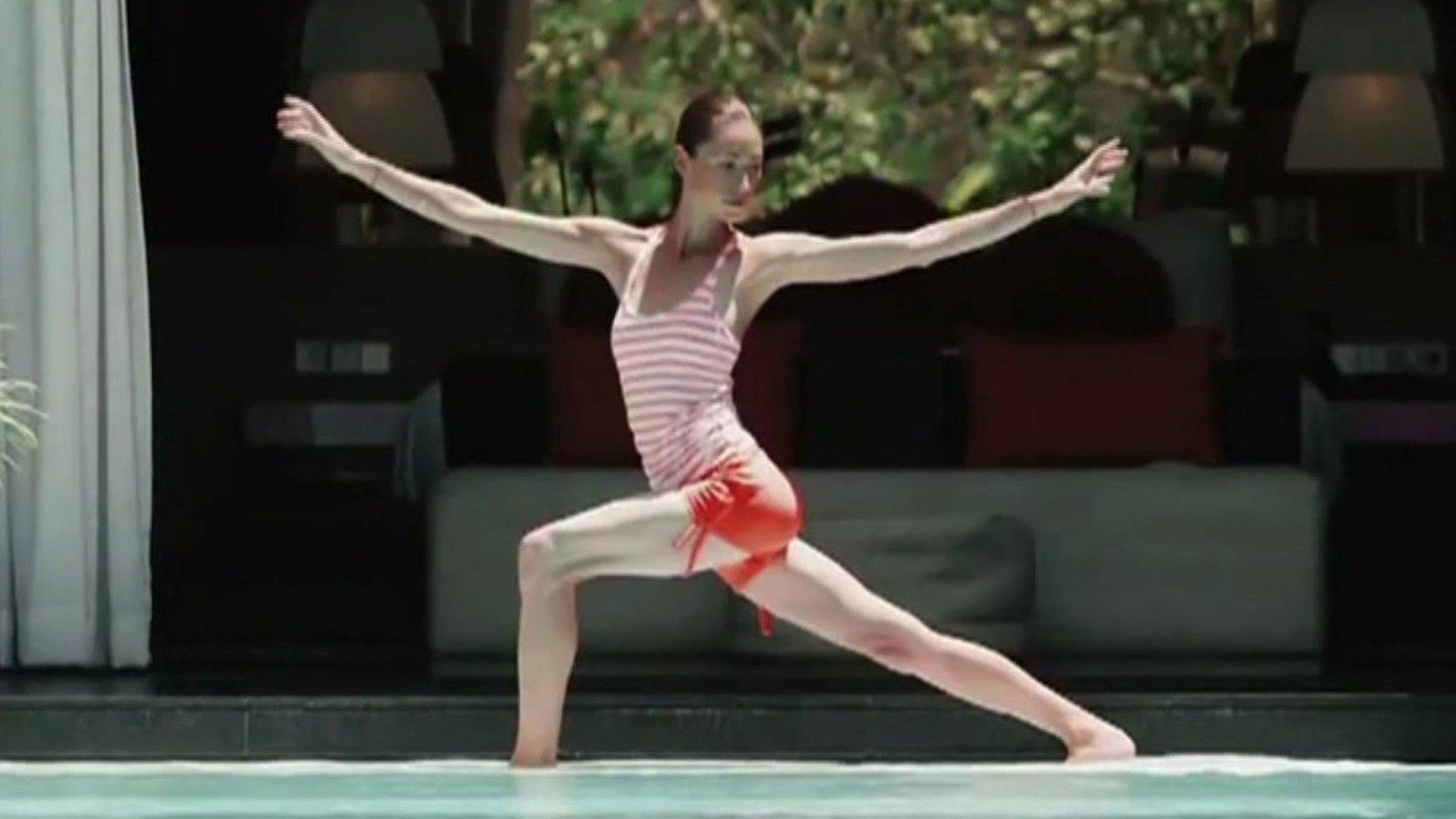
- Published15 January 2017
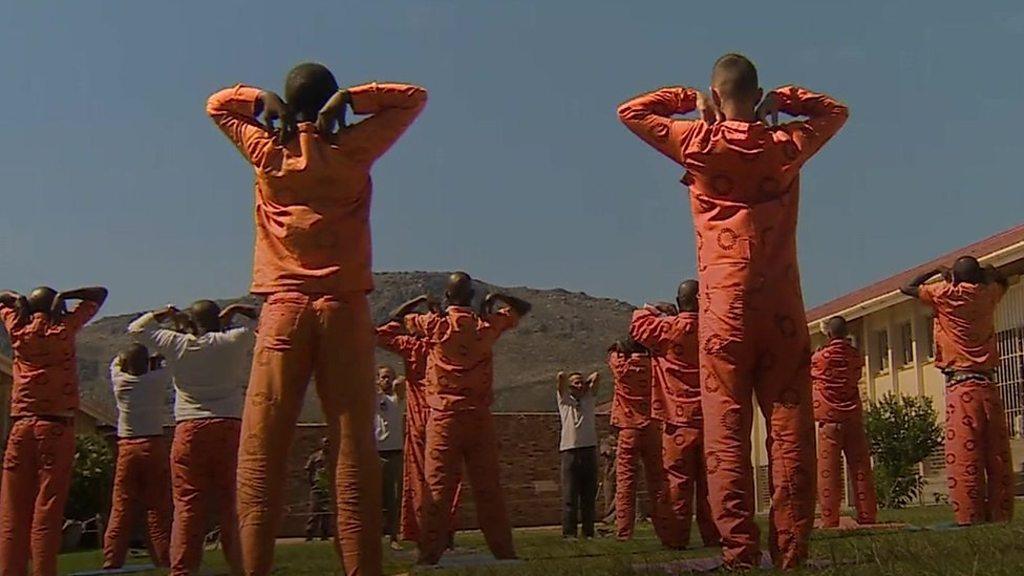
- Published24 February 2017
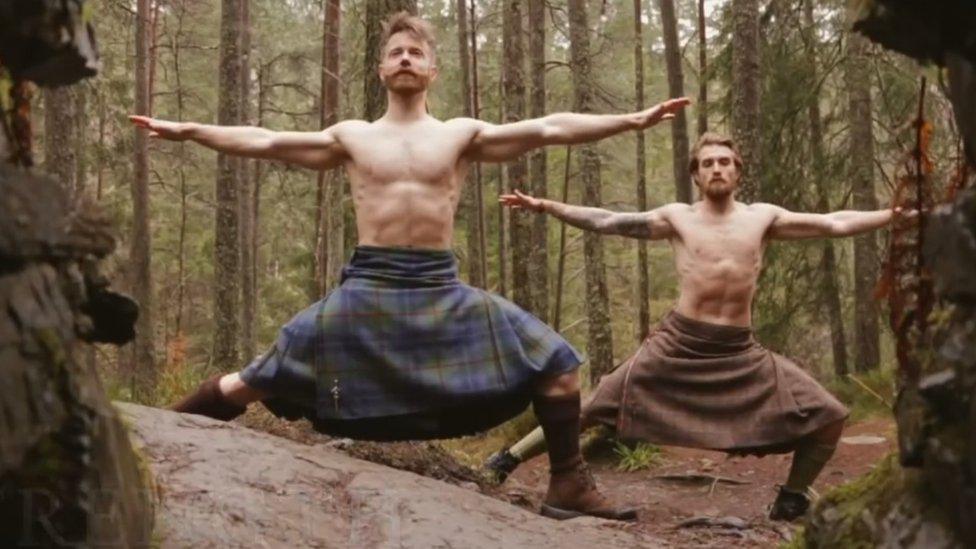
- Published19 June 2015
